Illusion of deception: what traffic police cameras actually ‘see’
- November 30, 2022
- 0
When receiving a decision on another violation of the traffic rules – be it a piece of mail or a message on the portal of public services –
When receiving a decision on another violation of the traffic rules – be it a piece of mail or a message on the portal of public services –
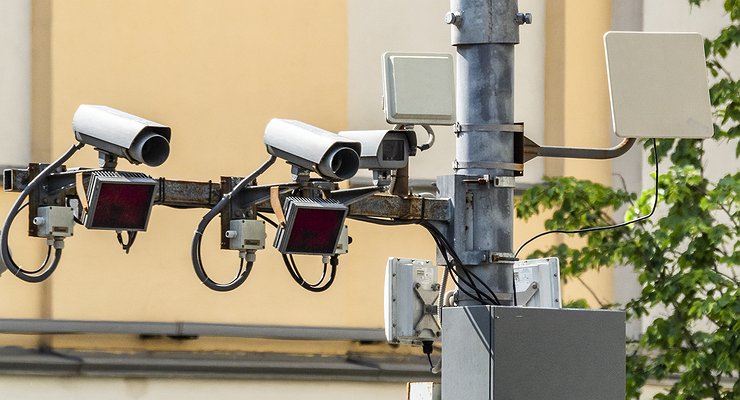
Cameras and traffic police fines have already become a more popular topic of conversation among motorists than petrol or diesel. “According to merit” everyone gets, and those who say they do not embellish or do not violate. By the way, the latter is the best way to save money and “break the system”. But to restrain yourself and your car is an extremely difficult task, which is why “lifehacks” and experiments begin.
One of the areas is license plate damage, which is actually punishable by law. Nevertheless, many car owners take this step, guided by a simple thought: if the image in the e-mailed notification is of such mediocre quality that it is difficult to make out anything on it, then by slightly distorting the license plate ” pamper”, you can hide from the all-seeing eye. Variations are different, and all are illegal: I will glue or erase a letter, scratch or bend the “number”, tighten everything with a transparent film or fill it with hairspray, which will reflect and “overexpose” the photo. There are many ways in theory, but do any of them work in practice?
Today, complexes are filmed with an amazingly high resolution, and in terms of picture quality they have long left domestic television behind. The picture that the traffic police officer sees in the “Web” (the federal road safety system, where all our “jokes” automatically fall on the road) is very different from the picture printed in the decree. For comparison, we will attach several photos transferred through a quality compressing “changer”. According to them, it immediately becomes clear that “the fakir was drunk and the trick failed.”
It is worth judging the quality of the “contents” by these photos, and not by the nightmare that adorns the “fats”. “Web” independently generates a penalty in the system, apparently, significantly reducing image quality to save traffic or a post printer cartridge. The reason is not clear, but also not important: initially there is a nice image for the statement, supplemented with the same metadata. No hairspray or anything else will help here.
It is incredibly difficult to deceive a modern camera for photo and video recording of violations: first, it reads information better than the human eye, illuminates the photo with an infrared lamp, and has a heated and washed lens . Secondly, the complex does not care on which side and at what angle the license plate hangs: if it is visible from the camera’s position, then the fine will not keep you waiting. Square, round, Armenian or European numbers – the system absolutely does not care, because it only records a “sign of violation”, after which the police officer makes a decision at his own discretion.
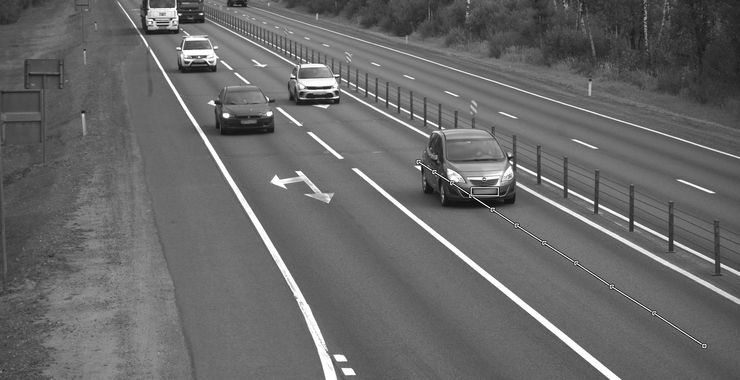
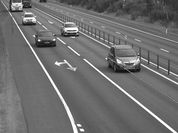
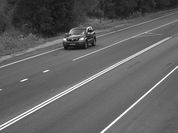
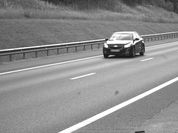
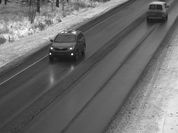
Cameras and traffic police fines have already become a more popular topic of conversation among motorists than petrol or diesel. “According to merit” everyone gets, and those who say they do not embellish or do not violate. By the way, the latter is the best way to save money and “break the system”. But to restrain yourself and your car is an extremely difficult task, which is why “lifehacks” and experiments begin.
One of the areas is license plate damage, which is actually punishable by law. Nevertheless, many car owners take this step, guided by a simple thought: if the image in the e-mailed notification is of such mediocre quality that it is difficult to make out anything on it, then by slightly distorting the license plate ” pamper”, you can hide from the all-seeing eye. Variations are different, and they are all illegal: I will glue or erase a letter, scratch or bend the “number”, tighten everything with a transparent film or fill it with hairspray, which will reflect and “overexpose” the photo. There are many ways in theory, but do any of them work in practice?
Today, complexes are filmed with an amazingly high resolution, and in terms of picture quality they have long left domestic television behind. The picture that the traffic police officer sees in the “Web” (the federal road safety system, where all our “jokes” automatically fall on the road) is very different from the picture printed in the decree. For comparison, we will attach several photos transferred through a quality compressing “changer”. According to them, it immediately becomes clear that “the fakir was drunk and the trick failed.”
It is worth judging the quality of the “contents” by these photos, and not by the nightmare that adorns the “fats”. “Web” independently generates a penalty in the system, apparently, significantly reducing image quality to save traffic or a post printer cartridge. The reason is not clear, but also not important: initially there is a nice image for the statement, supplemented with the same metadata. No hairspray or anything else will help here.
It is incredibly difficult to deceive a modern camera for photo and video recording of violations: first, it reads information better than the human eye, illuminates the photo with an infrared lamp, and has a heated and washed lens . Secondly, the complex does not care on which side and at what angle the license plate hangs: if it is visible from the camera’s position, then the fine will not keep you waiting. Square, round, Armenian or European numbers – the system absolutely does not care, because it only records a “sign of violation”, after which the police officer makes a decision at his own discretion.
Source: Avto Vzglyad
Donald Salinas is an experienced automobile journalist and writer for Div Bracket. He brings his readers the latest news and developments from the world of automobiles, offering a unique and knowledgeable perspective on the latest trends and innovations in the automotive industry.